“Boys, all they care about is who’s got the biggest engine.” That was Neela’s first words to Sean in The Fast and the Furious: Tokyo Drift. I want to say I’m not included in that stereotype, but I fell in that category when the Okavango was announced.
The Okavango is not the first 7-seater with a 1.5L engine under the hood, but just look at its size. It’s bigger than the Azkarra by 29cm in length, around 7cm in height and width, and longer by 14.5cm in wheelbase—yet they’re running with the same powertrain. Granted, the 1.5L turbo engine and 48V Electric Motor Synergy system gives a total of 190hp and 300Nm of torque. The figures are not convincing though, again, because of the size of the body. So when Geely lent me an Okavango Urban Plus model, I made sure to put it to the test.
The Geely look
The Okavango retains the Geely look with its Cosmos grille and modern headlight design upfront. While that looks good, things aren’t as well on the other angles. On the sides there are cuts to emphasize the fenders, but it’s let down by the bland wheel design.
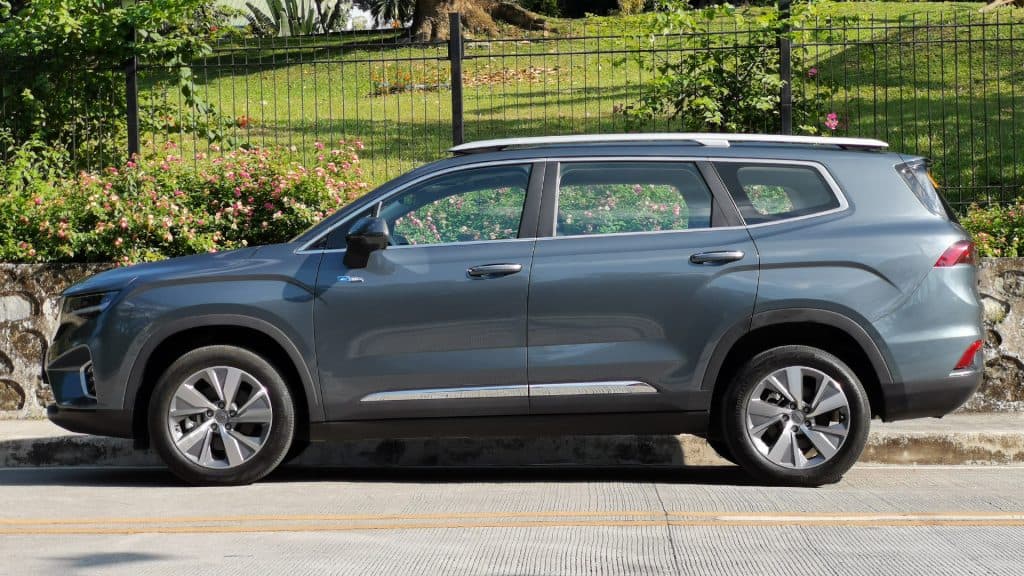
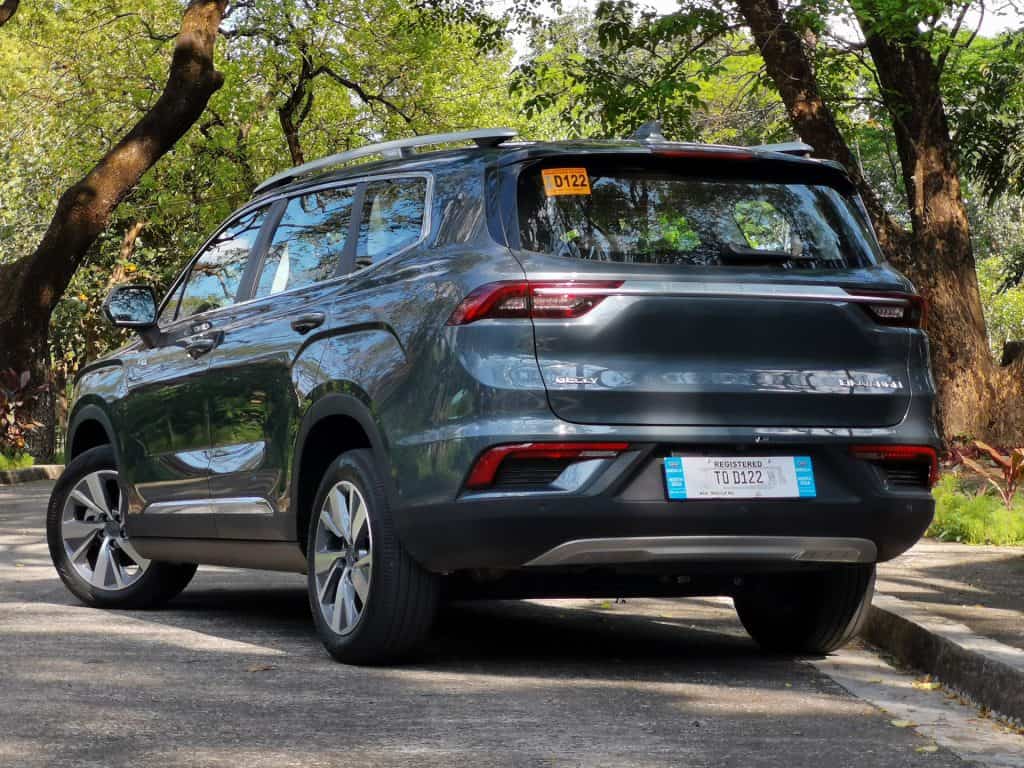
The back also needs restyling.The taillights are nice, as do the matte silver strip that connects the two. It’s just that it looked like it has a face mask with that big plain section under the glass.
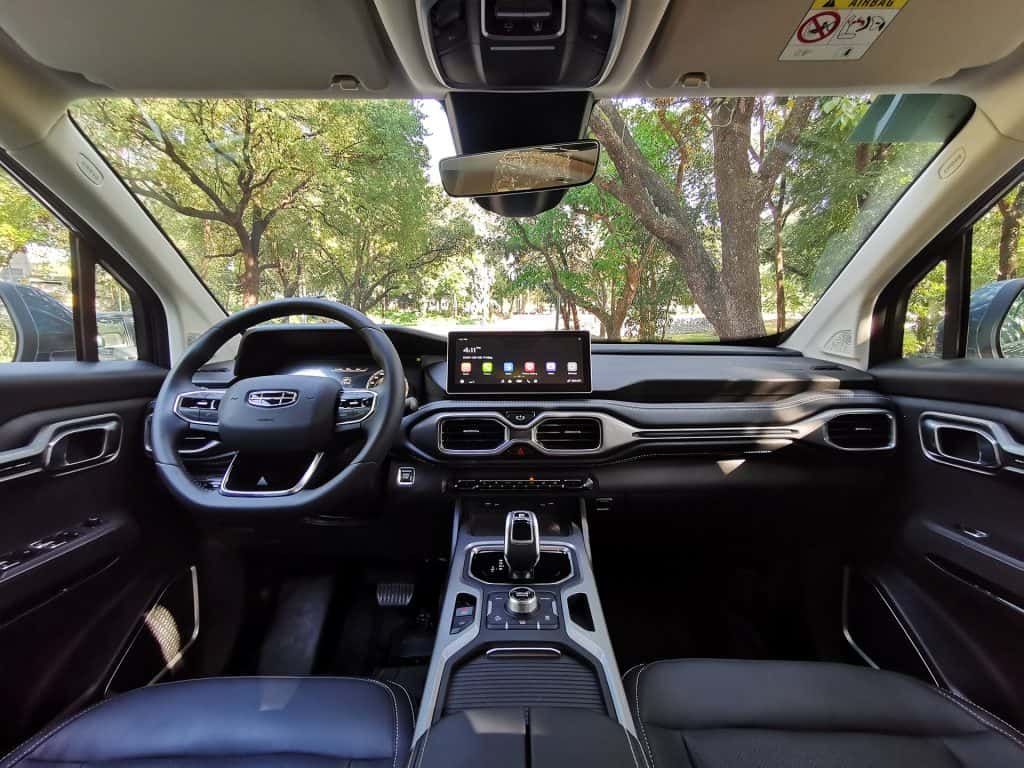
Inside, the Okavango is very modern with its geometric theme. The air vents at the center of the dash captivated me immediately with its resemblance to the infinity symbol and is connected to other vents via matte silver strip. This design carries over to the door panels giving it a unique look that’s also functional as the accent doubles as the door handle.
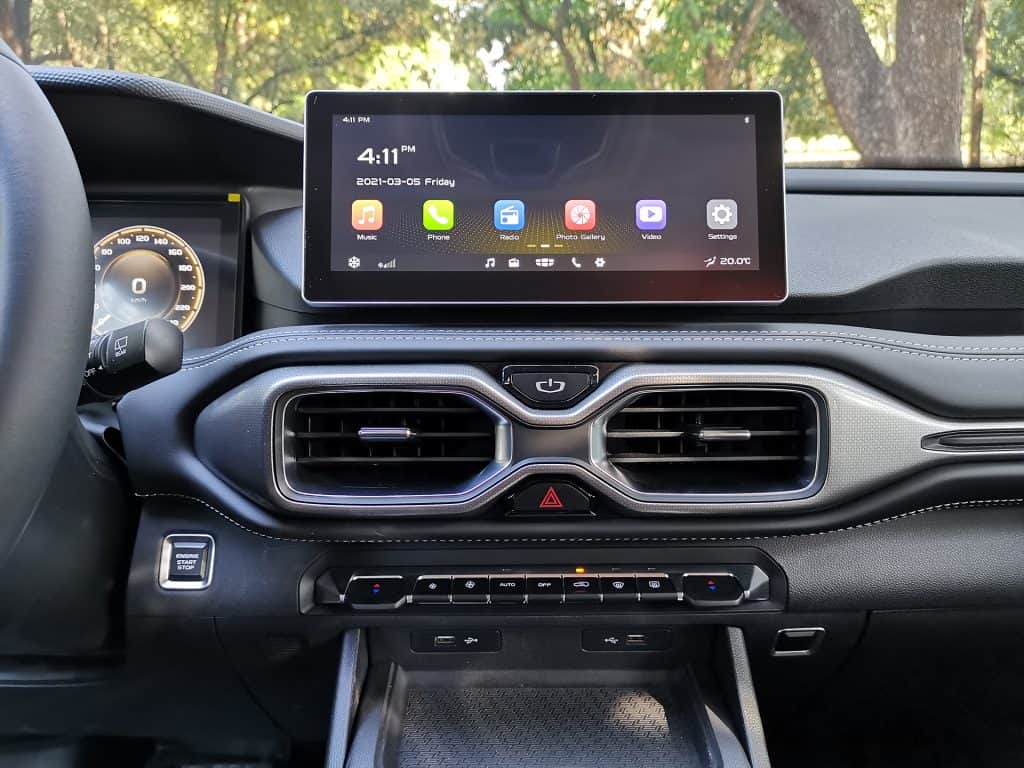
A huge 12.3-inch LCD screen is in front of the driver, and another 10.25-inch infotainment touchscreen on the center of the dash, but with no Apple or Android capability. The buttons are also rectangular or square and clustered well to give a neat look. Contact points like the door armrest, steering wheel, and seats are in leather. I also like how the steering wheel has a flat bottom but it’s not abrupt so it’s still smooth to the hands when it returns to the default position from a turn.
Space for everyone
The modern approach continues on the middle row, with the Okavango having three individual seats over here. The overall space is wide enough to squeeze four people FX-style, but the solo seats mean that it will be awkward to the bum. Occupants have bottle holders on both doors and their own climate control, with two USB charging ports below it.
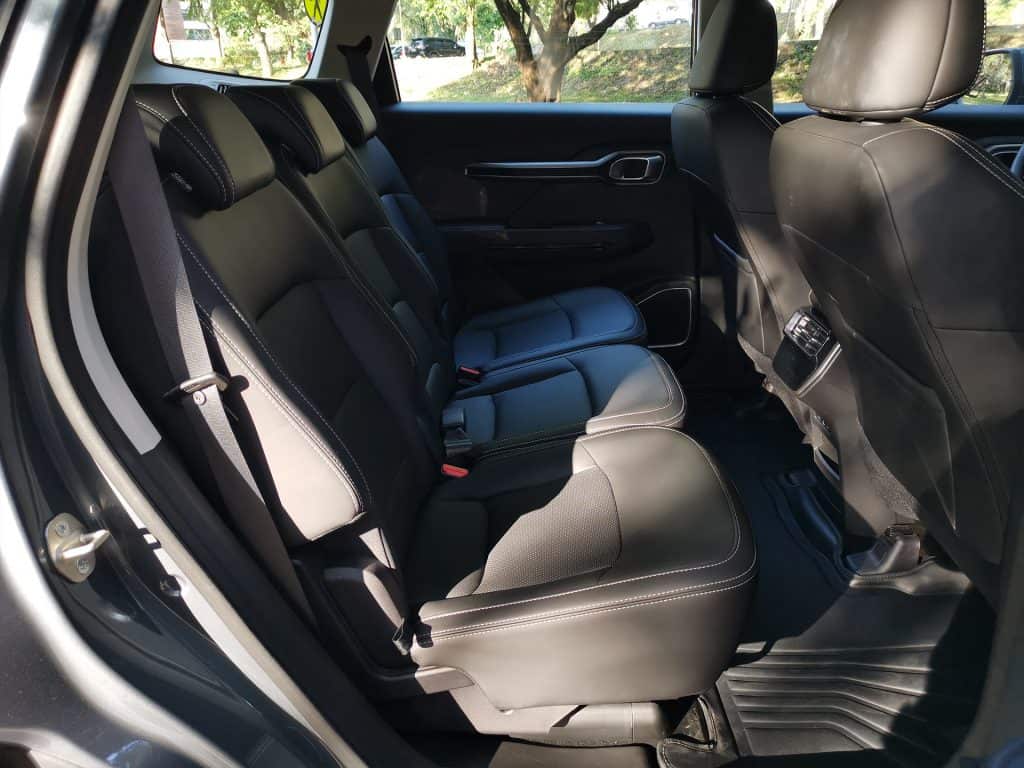
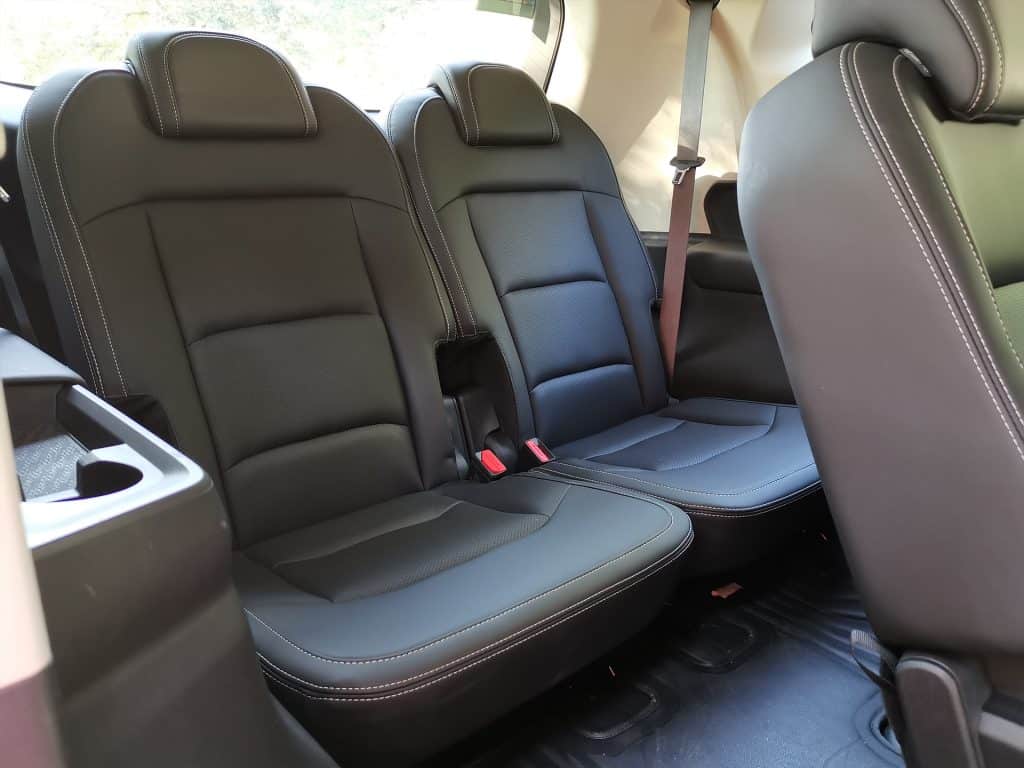
The third row is surprisingly comfortable. As a wide man with a big beer belly, I appreciate the Okavango’s slightly higher seating position. My thighs are resting lower, and my back is more reclined so my beer belly isn’t wedged between my body and legs. Legroom is very adequate and horizontal space is just enough for a man like me so for the average to medium-sized Filipino, this is more than enough.
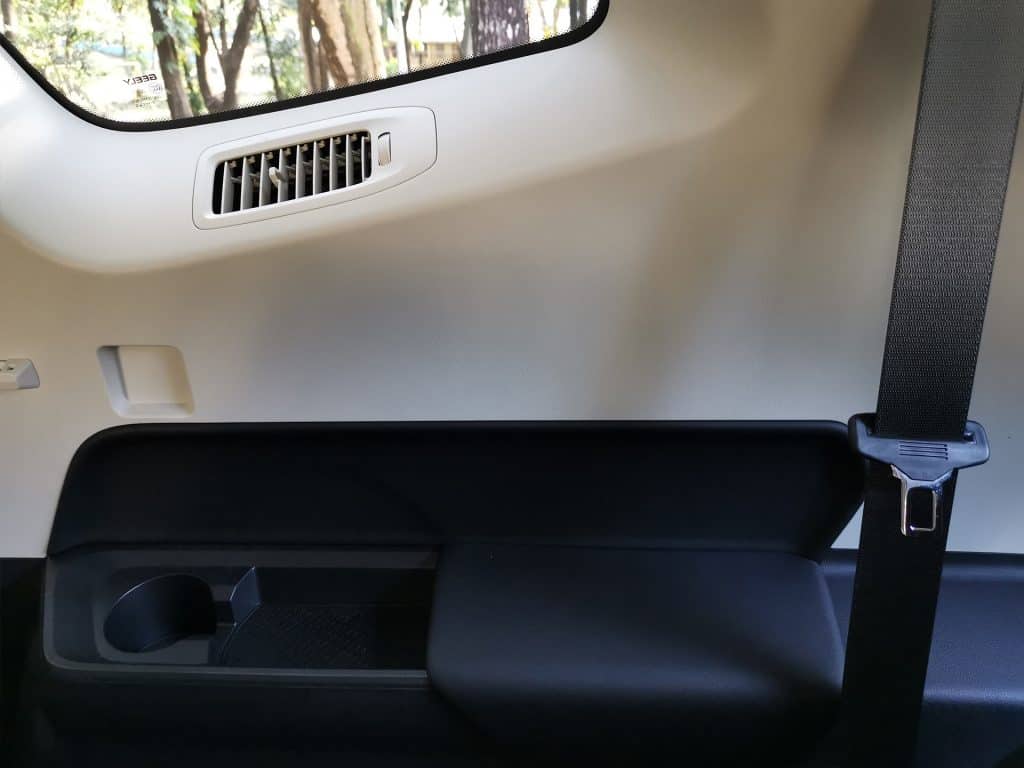
Still at the third row, there are small trays with cutouts for bottles and air vents by the window on both sides. It’s a smart placement so the air can reach your head easily or counter the heat coming from the windows. It lacks USB ports or 12V sockets though, so powerbanks are going to be necessary if you’re seated back here on a long drive.
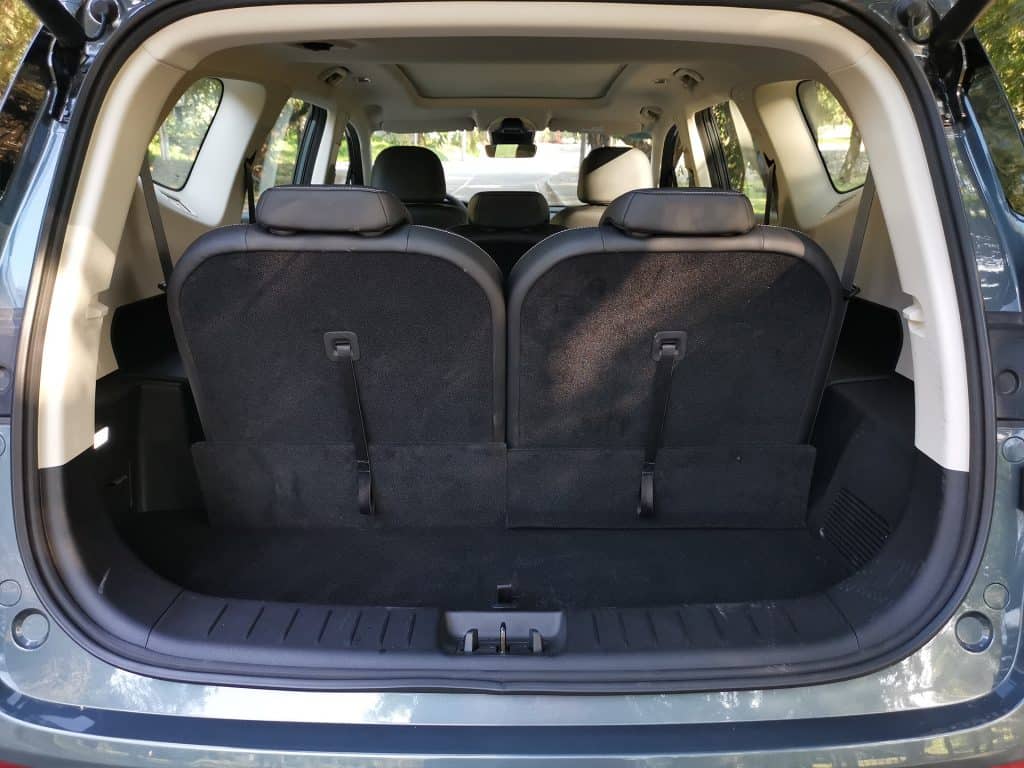
Even with the third row up, there’s 257L of cargo room at the back, enough for a couple of small-sized suitcases. Fold the back seats and you’ll have 1200L of space, and with all seats folded you have 2050L of space.
Urban toys
The Okavango comes with modern toys to help you with your daily drive. It has an electronic parking brake with auto brake hold, brake assist, 3-zone climate control, 6-way power driver’s seat, 4-way power front passenger seat, and powered tailgate. For safety it has ABS with EBD, 6 airbags, rear parking sensor, hill descent control, hill start assist, tire pressure monitor, stability control, remote start, push button start, and 360-camera but no blind-spot monitoring feature for this system.
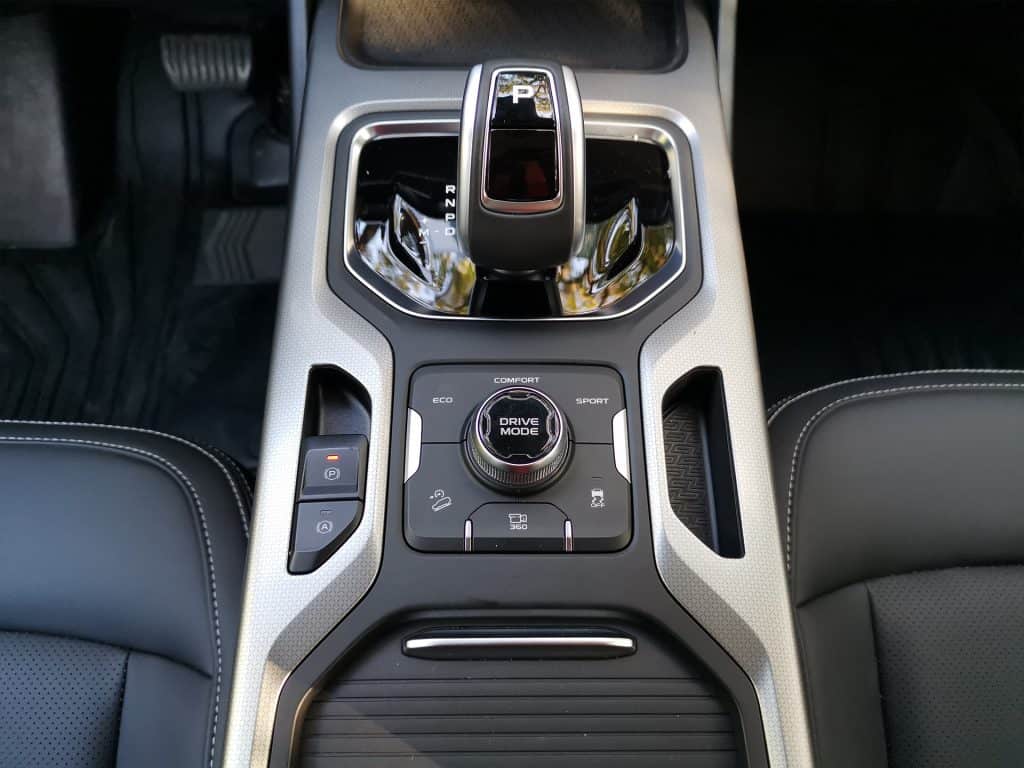
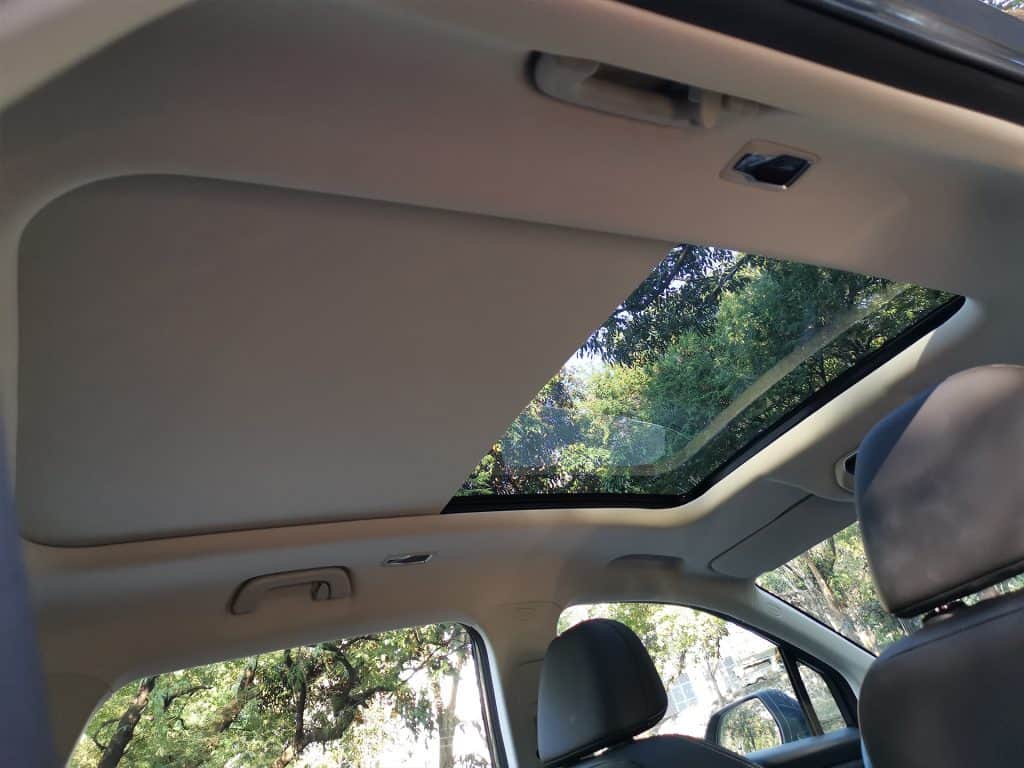
Unique to the Urban Plus trim is a 60-inch panoramic sunroof covered by a solid cloth to fully protect the passengers from the heat of the sun. It also has sensors that detect if there is an obstruction when closing, and automatically closes if it senses rain.
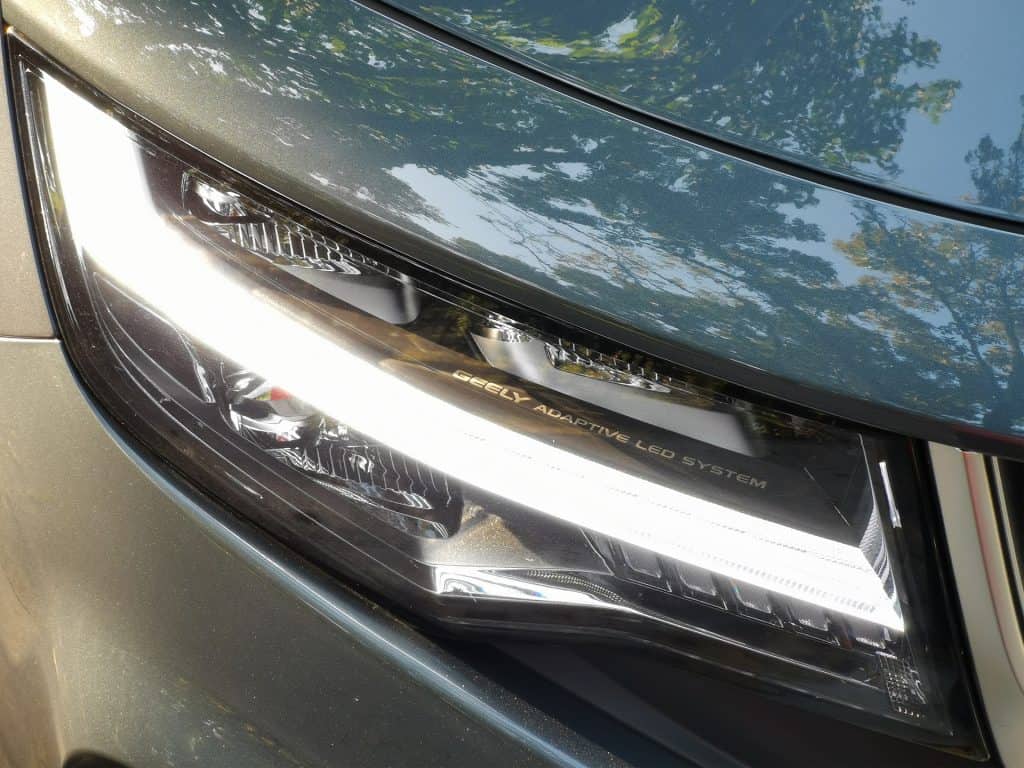
Another signature of the Urban Plus are the ADB Matrix LED headlights which automatically activate the high-beam depending on the ambient lighting, and adjusts horizontally when you make turns. On a real-world test, it does the job effectively. It’s only bogged down by the length of time it takes for the headlights to be in high-beam when you’re in a road with no street lights.
Fully loaded test
In Normal mode, the Okavango doesn’t have the same zest as the Azkarra even if I’m alone in the car. Acceleration is more gentle which is expected given the size difference between the two. The tradeoff is nice though because in traffic, it gets up to 8km/l, while Sunday driving is at 12.7km/l. As gentle as it is, it wakes up when you need to do an overtake and would willingly climb up the rpms to make a pass.
To know if the Okavango can really haul 7 people, I brought along 6 other adults for a drive up to Timberland Heights in San Mateo, Rizal. The road going there consists of mainly uphill straights but there are steep elevations combined with sharp turns, making it an ideal testing ground for this Geely.
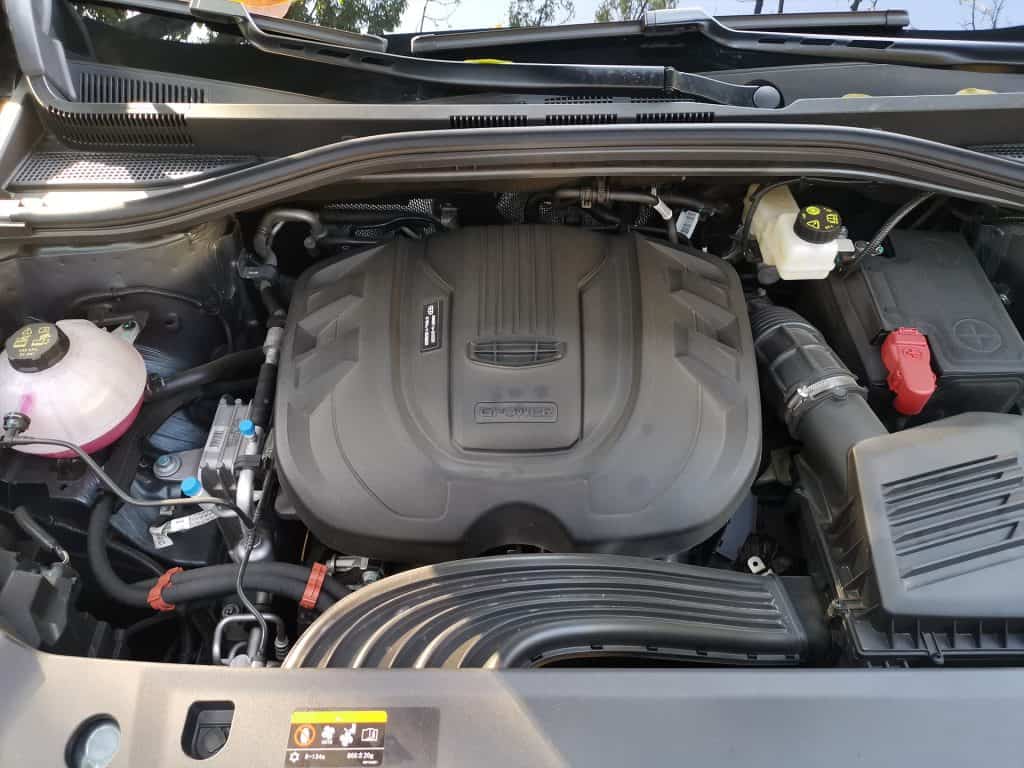
The Okavango was more than ready to embarrass me and my prejudice from the get go. With seven adults in tow, it didn’t have a hard time climbing up to Timberland and I was only in Normal mode. Even on the few occasions I slowed down mid-turn in a steep elevation, it didn’t struggle picking up speed again, enjoying the higher rpms too much.
Part of its success on the mountain pass is the 7-speed wet dual-clutch transmission. It’s casual and very smooth in the city but just like the engine, it wakes up when it recognizes you’re in for a bit of fun. Downshifts are quick and it doesn’t ‘breathe’ when you accelerate even in an incline, allowing me to smoothly exit the elevated curves.
Ride comfort is very adequate when I’m alone, with road ruts feeling like nudges from a baby – you feel it, but you won’t mind it. That changes when all 7 seats are occupied as the suspension at the back tends to be stiff. First and second row occupants are still comfortable, but road ruts will be a bit harsher for third row occupants, especially when you don’t notice these potholes and go over them at considerable speed. Still, it’s not as jarring as pickup-based MPVs in similar situations.
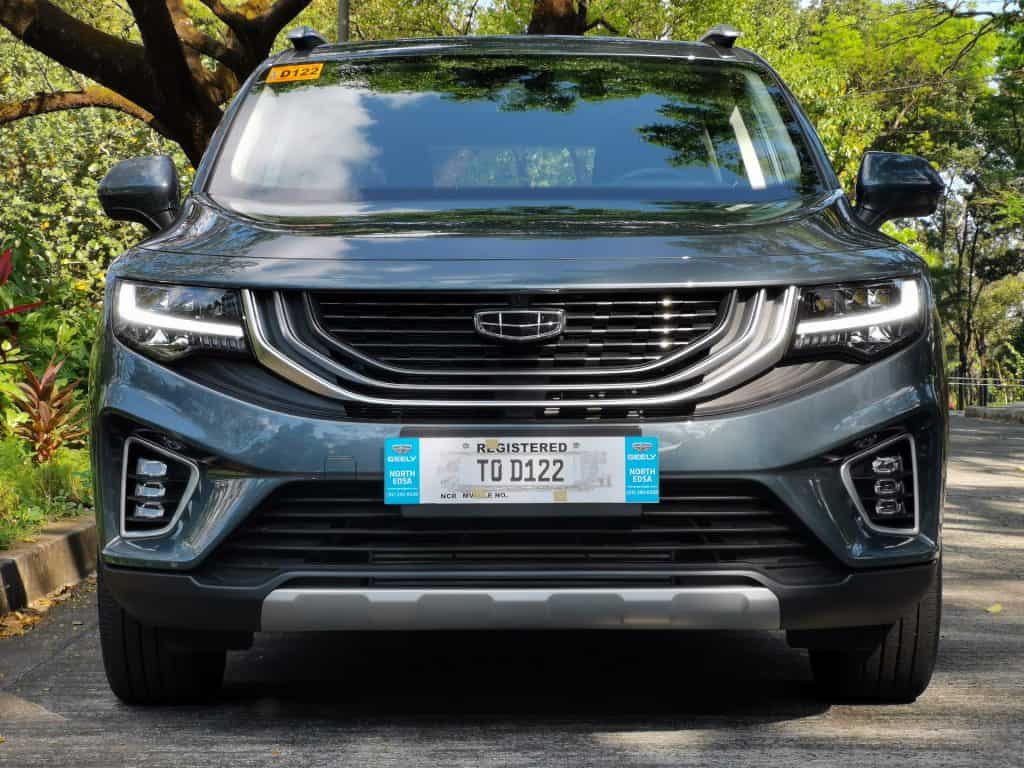
Geely keeps churning out one disruptor after another and the Okavango is no different. More so once you see the price because the Okavango Urban Plus is available for P1,478,000 as of writing. That’s midsize-crossover territory, and this has two more seats that are not mere after-thoughts.
Of course, there will be doubters once they see the spec sheet. ‘Underpowered’ will be the first assumption especially from people who are used to having diesel-powered family cars. I used to think that way too but the Okavango humbled me. Aside from its performance, it also has the space, frugal fuel consumption, and modern amenities to be proud of. If you’re looking for a family car, the Geely Okavango Urban Plus is a worthy top notcher in your test drive list.

